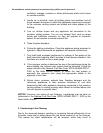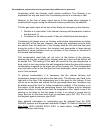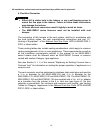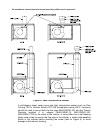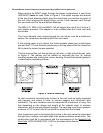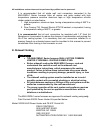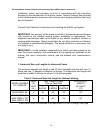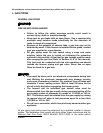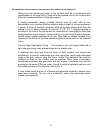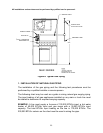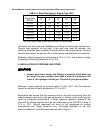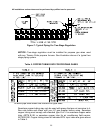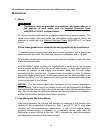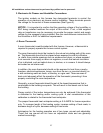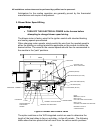
All installations and services must be performed by qualified service personnel.
21
L. GAS PIPING
GENERAL GAS PIPING
:
FIRE OR EXPLOSION HAZARD
• Failure to follow the safety warnings exactly could result in
serious injury, death or property damage.
• Never test for gas leaks with an open flame. Use a commercially
available soap solution made specifically for the detection of
leaks to check all connections.
• Because of the potential of odorant fade, a gas leak may not be
detected by smell. If this furnace is installed below grade, contact
your gas supplier for a gas detector.
• All gas piping must be leak tested using a soap and water
solution (when the gas is turned on) following the procedure
outlined in this section. A final test for gas leakage must be made
after purging the gas line (Refer to Section III, E, of this manual).
This test must be conducted with the unit operating and should
include the furnace piping and gas valve. Never use an open
flame to check for a gas leak.
:
• Care must be taken not to wet electronic components during leak
test. Wetting the electronic components may damage circuitry
and cause a hazardous situation. Dry moisture from all leads and
terminals if minor wetting occurs. Wait at least 24 hours for the
circuit to fully dry before energizing the burner circuit.
• The furnace and its individual gas shutoff valve must be
disconnected from the gas supply during pressure testing of the
gas supply system at pressures in excess of 1/2 PSIG or 14.0 in.
W.C. The furnace must be isolated from the gas supply by closing
its manual shut off valve at test pressures equal to or less than
1/2 PSIG or 14.0 in. W.C.
• Do not use a connector, which has previously served another gas
appliance.
All gas piping and testing must be performed by a qualified installer or service
person. The installation must comply with local codes, these instructions and the
National Fuel Gas Code
, NFPA 54/ANSI Z223.1-2002 or the latest edition
thereof.




